Mozambique
In Gorogonsa, at the southern end of the Great African Rift Valley in the heart of central Mozambique these women are not heading to a common plantation. They are coffee pickers.
The once foreign crop now grows in the midst of this rainy forest reversing the degradation of ecosystems.
"The relationship between the indigenous plants and the coffee is that coffee does grow very well in the shade and the community has destroyed this Gorongosa mountain, so we have put in an objective to reforest it, Juliasse Sabao, a project supervisor for the Gorongosa National Park, says. So, with the coffee we are very successful here bringing back the Gorongosa forest."
Sabao discovered coffee during his refugee years in Zimbabwe. At the end of the war in Mozambique, he brought that knowledge back with him to help restore the mountain. Clearcutting had exposed the mountainous soil and parched it, leaving only shrubs and grasses. Now, for every coffee plant, a tree is planted to bring the needed shade to grow.
"Before all this area was dead, Sabao says poiting at the soil. no trees, no nothing was here. Now if you look you see big trees coming back so there's a very big difference, which means we are successful in our project for reforestation."
Local communities picked up the new ways of farming. Since coffee plants take several years to become productive, the reforestation programme provides for locals to grow other food crops to order to support themselves. For Sofia Molina, a manager of 'Natural products of Gargonza', this condition was essential:
"We interest the communities around the mountains of Gargonza in reforestation through additional income, creating additional income through coffee but also intercropping with other cultures while the coffee is growing."
The World Bank says Gorongosa now has some 300,000 coffee plants as well as 400,000 cashew trees, 400 beehives and 300 new jobs.
Gorongosa coffee is exported around the world, with profits ploughed back into the plantation.
One coffee plant at a time, the rain forest is becoming verdant again.




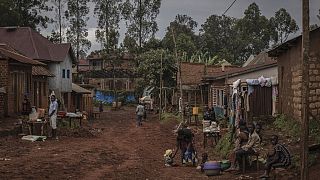
![Coffee sector in Burundi struggles to rebound [Business Africa]](https://static.euronews.com/articles/stories/06/58/19/88/320x180_cmsv2_63683058-3ee4-5f73-a120-9349fac371e0-6581988.jpg)
![The Congolese coffee producer [Inspire Africa]](https://static.euronews.com/articles/stories/05/57/44/30/320x180_cmsv2_a16570a8-5c9f-5b4d-b5db-0eef334d2940-5574430.jpg)
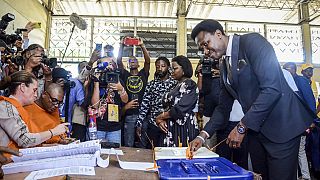
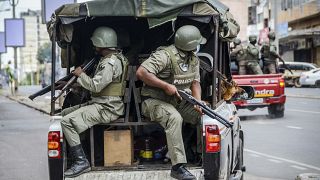
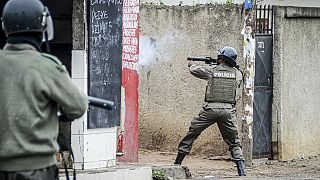
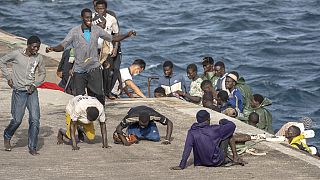


Go to video
SADC extends mandate of its troops in DRC and Mozambique
01:13
EU agrees to give another €20 million to Rwanda Defence Force in Mozambique
01:16
Mozambique's government imposes ban on demonstrations, after weeks of deadly post-election protests
01:09
South Africa closes main border with Mozambique, citing safety concerns amid post-election protests
01:14
Post-election protests in Mozambique leave 10 dead, dozens injured
01:54
Mozambique: “Let us engage in dialogue,” says President-elect after days of opposition protest